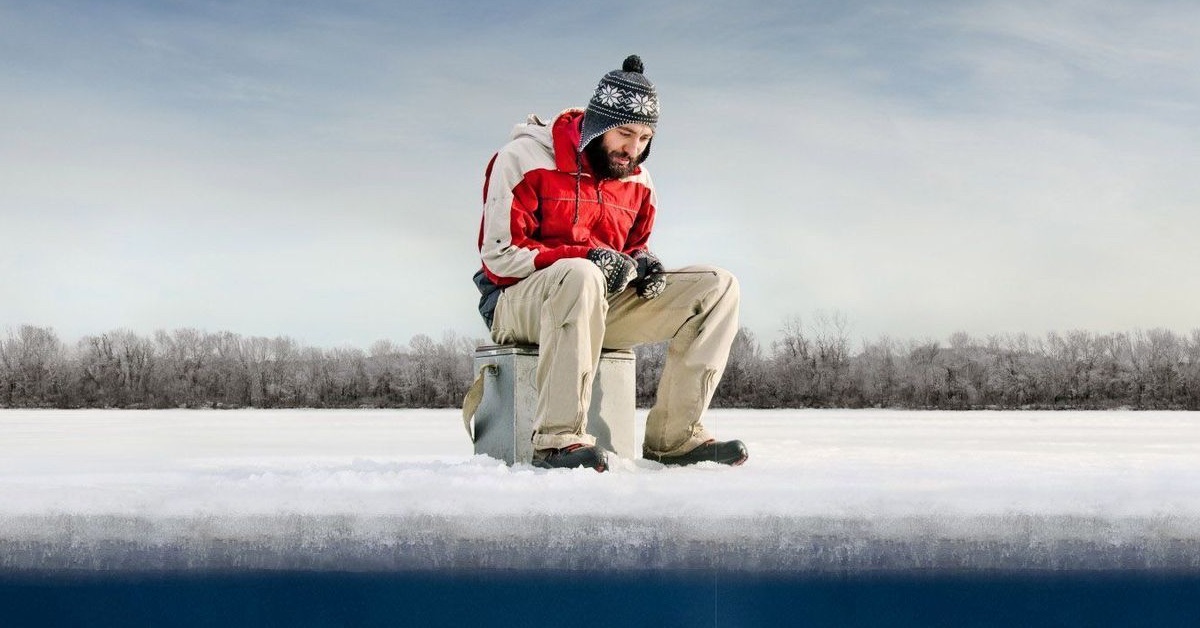Fishing For The Fascinating Walleye
Walleye fishing has become increasingly popular in recent years and presents a whole series of added challenges to the angler. Walleyes are fascinating fish and very complex as a species. They are fresh water fish, found predominantly in Canada and the Northern United States.
There are mainly two types of Walleyes, the Yellow Walleye and the Blue Walleye and as the names imply is only a difference in color, although very subtle. In some parts they are being referred to as the Yellow Pike or Pickerel, although this is technically incorrect as they are part of a different family of fish altogether.
Walleyes as a species has been artificially propagated for over a century and has been planted on top of existing populations or introduced into waters naturally devoid of the species, sometimes reducing the overall genetic distinctiveness of populations. Genetically, walleyes show a fair amount of variation across watersheds. In general, fish within a watershed are quite similar and are genetically distinct from those of nearby watersheds.
The walleye is often considered to have the best tasting flesh of any freshwater fish, and, consequently, is fished recreationally and commercially. Because of its nocturnal feeding habits, it is most easily caught at night using live minnows or lures that mimic small fishes. This should be of special interest to the more serious angler, looking for an opportunity to get out there at night when the walleye is most active. Night fishing has become increasingly popular because of the added challenge it presents to the angler. It can be very dangerous though and care should be taken, especially if you are inexperienced.
Like a cat, the walleye fish’s eye have a very distinct reflective glow at night. This unique feature allows them to see well in relatively low lighting levels – making them effective as nocturnal feeders. They are also able to see very well in murky and more turbulent waters, giving them the edge over their prey. When fishing for walleyes, finding these water conditions can be a good indication of the presence of walleyes.
Apart from their unique eyes, the Walleye is predominantly olive and gold in colour with the dorsal side of a being more olive, grading into a golden hue on the flanks. This golden olive pattern is broken up by five darker saddles that extend to the upper sides of the fish. These beautiful colors fade to white on the belly. The mouth of a walleye is large and is armed with many sharp teeth. The first dorsal and anal fins are spinous as is the operculum. Walleyes are often confused with Saugers and they actually look very alike. The main difference however, is the white coloration on the lower lobe of the tail. Many anglers catch Saugers and claim their catch to be a Walleye without even knowing the difference.
Although some populations of Walleye spawn on sand and vegetation, they generally require fairly clean waters and are found most often in deep mesotrophic lakes and moderate- to low-gradient rivers. This is why Canada offers such a perfect location for the Walleye to flourish. The walleye is considered a “cool water” species. Adults migrate to tributary streams in late winter or early spring to lay eggs over gravel and rock, although there are open water reef or shoal spawning strains as well. This offers an added opportunity for fishing the Walleye and an alternative to fishing for them at night and on lakes.
Both juvenile and adult walleyes eat fish almost exclusively, frequently yellow perch or ciscoes, moving onto bars and shoals at night to feed. This tends to be the best bait although the locals might have some better ideas (as they always do).
One of the best lakes for catching walleyes is Mille Lacs in central Minnesota. Several lakes in Canada have large populations of Walleye and any good guide will be able to show you the best spots. Walleyes are fascinating fish and a great fish to fish for.
Curated From Here


